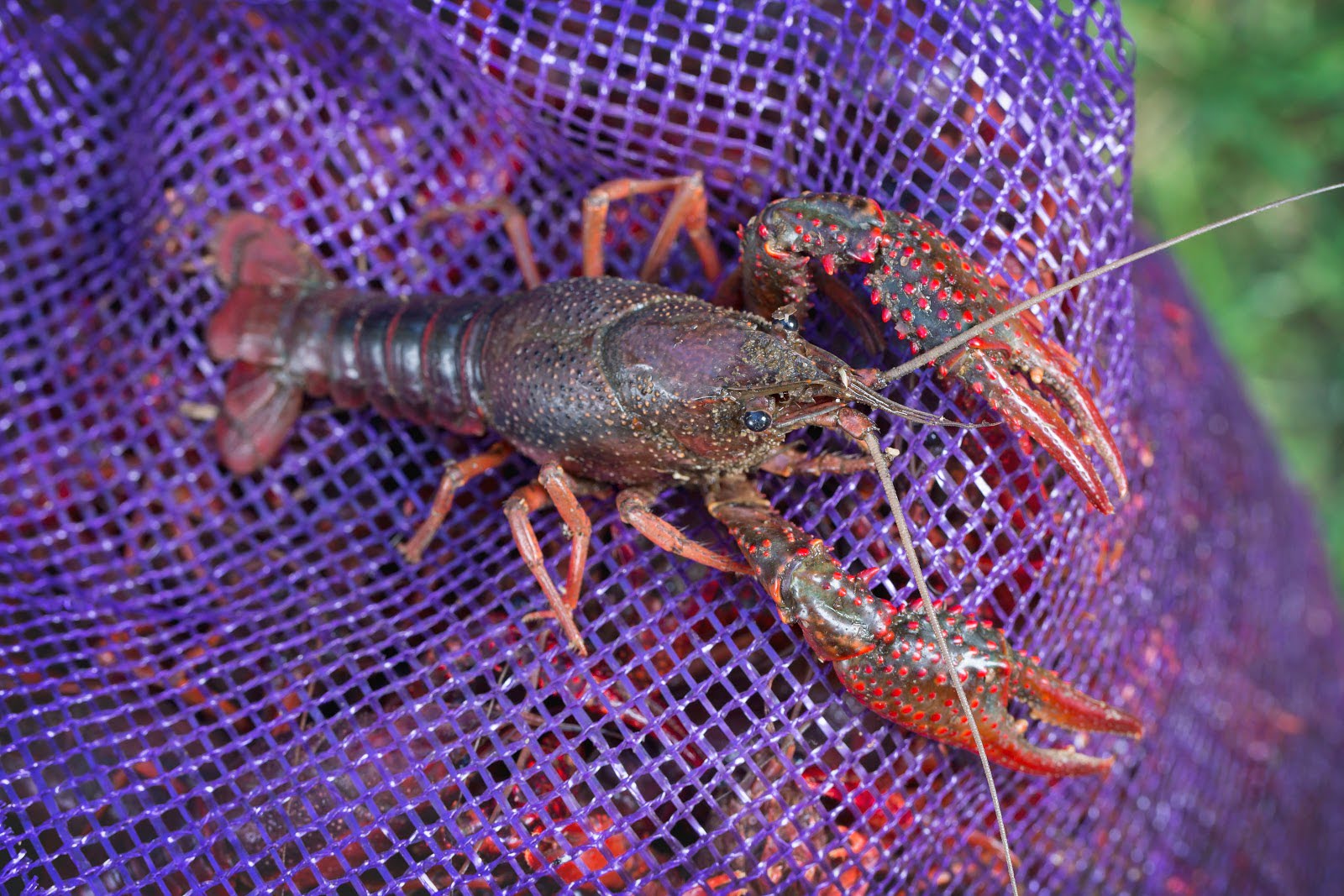

Articles
How To Store Crawfish Before Cooking
Modified: October 20, 2024
Learn the best techniques for storing crawfish before cooking in this informative article. Find helpful tips and tricks to ensure your crawfish stays fresh and flavorful.
(Many of the links in this article redirect to a specific reviewed product. Your purchase of these products through affiliate links helps to generate commission for Storables.com, at no extra cost. Learn more)
Introduction
Welcome to the world of crawfish! These delightful crustaceans are a popular choice for seafood lovers who enjoy their tender meat and distinct flavor. If you’re planning to cook up a scrumptious crawfish feast, it’s important to store them properly before cooking to ensure their freshness and quality.
In this article, we will guide you through the process of storing crawfish before cooking. We’ll explore different methods and provide valuable tips to help you maintain the optimal condition of your live crawfish until you’re ready to prepare them.
Proper storage not only helps preserve the freshness and taste of the crawfish but also promotes food safety by minimizing the risk of bacterial growth. So, whether you’ve caught your crawfish or purchased them from a seafood market, let’s dive into the world of storing these magnificent creatures!
Key Takeaways:
- Ensure the freshness and safety of your crawfish by storing them properly before cooking. Choose live, healthy specimens and use coolers, refrigerators, or ice chests to maintain optimal conditions.
- Purge, inspect, and rinse live crawfish before storing them in cool, well-ventilated containers. Avoid freezing and overcrowding, and monitor temperature to preserve their quality and flavor.
Read more: How To Store Leftover Crawfish
Why Store Crawfish Before Cooking?
Storing crawfish before cooking is essential for several reasons. First and foremost, it allows you to maintain the freshness and quality of the crawfish. Live crawfish have a limited shelf life, and improper storage can lead to spoilage, resulting in a less enjoyable culinary experience.
Additionally, storing crawfish before cooking gives you the flexibility to prepare them at a time that suits you best. Whether you’re hosting a dinner party, planning a weekend cookout, or simply want to enjoy a delicious crawfish boil later, proper storage ensures that you have a ready supply of fresh crawfish whenever you’re ready to cook.
Another important reason to store crawfish before cooking is to prevent any potential food safety risks. Crawfish are highly perishable, and if not stored correctly, they can become contaminated with harmful bacteria that can cause foodborne illnesses. Storing them properly helps maintain proper temperature control and reduces the risk of bacterial growth.
Moreover, if you’ve caught your own crawfish, storing them allows you to separate any unwanted debris or dead crawfish before cooking. This step ensures that only live and healthy crawfish are used in your culinary creation, delivering the best taste and texture.
Overall, storing crawfish before cooking is crucial for maintaining their freshness, flexibility in cooking time, food safety, and ensuring the best culinary experience possible. Now that we understand the importance of storing crawfish, let’s explore how to choose live crawfish for storage.
Choosing Live Crawfish
When it comes to storing crawfish, selecting high-quality live specimens is the first step. Here are some tips to help you choose the best live crawfish for storage:
- Appearance: Look for crawfish that are lively, active, and have a healthy appearance. They should have a bright, shiny shell and intact claws.
- Size: Consider the size of the crawfish. Smaller crawfish tend to be more tender, while larger ones have more meat. Choose based on your preference and the recipe you plan to make.
- Odor: Give the crawfish a quick sniff. They should have a pleasant, briny smell. Avoid any with a strong or foul odor, as this could indicate spoilage.
- Motion: Watch how the crawfish move. They should be lively and actively moving their legs and claws. If they appear sluggish or inactive, it may be a sign of poor health.
- Reputation: If purchasing from a seafood market or vendor, choose a reputable source known for selling fresh and high-quality crawfish.
By considering these factors, you can ensure that you’re starting with the best live crawfish for your cooking adventure. Once you’ve selected your live crawfish, it’s time to prepare them for storage.
Preparing to Store Crawfish
Before you store your live crawfish, it’s important to take a few preparatory steps to ensure their optimal condition. Here’s what you need to do:
- Purge the crawfish: Place the live crawfish in a clean container or basin and cover them with cold water. Let them sit for about 10-15 minutes. This process helps to expel any mud, dirt, or impurities from the crawfish.
- Inspect the crawfish: After purging, remove any dead or damaged crawfish from the batch. Dead crawfish can spoil quickly and may affect the quality of the remaining live ones.
- Rinse the crawfish: Gently rinse the crawfish under cold running water to remove any remaining debris or impurities.
- Drain the water: After rinsing, make sure to drain all the water from the container thoroughly. Excess water can lead to excess moisture and affect the crawfish’s freshness and texture.
- Prepare storage containers: Get your storage containers ready before transferring the crawfish. Make sure the containers are clean, airtight, and large enough to accommodate the crawfish comfortably.
Once you’ve completed these preparations, you’re now ready to store your crawfish using different methods depending on your available resources and the duration of storage. Let’s explore the various methods of storing crawfish before cooking.
Storing Crawfish in a Cooler
If you’re planning to store your live crawfish for a short duration, using a cooler is a convenient and effective method. Here’s how to store crawfish in a cooler:
- Prepare the cooler: Clean the cooler thoroughly with mild soap and warm water. Rinse it well to remove any traces of soap.
- Add ice: Fill the bottom of the cooler with a layer of ice. This helps maintain a cold temperature and keep the crawfish fresh.
- Layer with newspaper: Place a layer of newspaper or damp burlap on top of the ice. This creates a barrier between the ice and the crawfish, preventing direct contact and potential freezing.
- Arrange the crawfish: Place the live crawfish on top of the newspaper or burlap in a single layer. Avoid overcrowding, as it can cause stress and suffocation among the crawfish.
- Add ice and cover: Sprinkle another layer of ice on top of the crawfish, ensuring they are well-covered. Close the cooler tightly to maintain the temperature and prevent any air circulation.
- Store in a cool place: Find a cool, dark area to store the cooler. Avoid direct sunlight or exposure to heat sources, as this can accelerate the melting of the ice and increase the temperature inside the cooler.
- Monitor the temperature: Periodically check the temperature inside the cooler using a thermometer. The ideal temperature for storing live crawfish is between 32°F (0°C) and 40°F (4°C).
By following these steps, you can keep your crawfish fresh and alive for up to 24-48 hours. Remember, the cooler method is suitable for short-term storage, so it’s essential to cook or transfer the crawfish to a more long-term storage solution if needed.
Store live crawfish in a cooler with ice packs or ice to keep them cold and damp. Do not submerge them in water, as they need to breathe. Keep them in the refrigerator until ready to cook.
Read more: How To Store Cooked Crawfish
Storing Crawfish in a Refrigerator
If you plan to store your live crawfish for a longer period, using a refrigerator is a suitable method. Here’s how to store crawfish in a refrigerator:
- Prepare a container: Select a clean container or cooler that fits in your refrigerator. Make sure it has a lid or can be tightly covered to maintain freshness.
- Add moisture: Place a layer of damp newspaper or burlap on the bottom of the container. This helps maintain humidity and prevents the crawfish from drying out.
- Layer the crawfish: Arrange the live crawfish in a single layer on top of the damp newspaper or burlap. Avoid overcrowding to ensure adequate airflow.
- Seal the container: Cover the container tightly with its lid or use plastic wrap to create an airtight seal. This prevents moisture loss and helps maintain freshness.
- Place in the refrigerator: Put the container in the coldest part of your refrigerator, such as the lower shelf or crisper drawer. The ideal temperature for storing live crawfish is between 32°F (0°C) and 40°F (4°C).
- Monitor regularly: Check the container periodically to ensure proper conditions. If you notice any dead crawfish, remove them immediately to avoid spoilage.
When storing crawfish in a refrigerator, it’s important to note that they can be stored for up to 2-3 days. Beyond that, their quality and freshness may start to decline. Therefore, it’s advisable to cook or transfer them to a more suitable long-term storage solution if needed.
By following these steps, you can enjoy fresh and healthy crawfish even when stored in the refrigerator for a longer period.
Storing Crawfish in an Ice Chest
If you don’t have access to a refrigerator but still need to store your live crawfish for a short duration, an ice chest can be a suitable alternative. Here’s how to store crawfish in an ice chest:
- Prepare the ice chest: Clean the ice chest thoroughly with mild soap and warm water. Rinse it well to remove any traces of soap.
- Add ice: Fill the ice chest with a layer of ice, leaving enough space for the crawfish. Ideally, use crushed ice as it provides better coverage and insulation.
- Layer with newspaper or burlap: Place a layer of damp newspaper or burlap on top of the ice. This helps maintain humidity and prevents direct contact between the crawfish and the ice.
- Arrange the crawfish: Place the live crawfish on top of the newspaper or burlap in a single layer. Ensure they are evenly distributed, and avoid overcrowding to allow for proper airflow.
- Add more ice: Sprinkle another layer of ice on top of the crawfish, covering them completely. This helps maintain the desired temperature and keeps the crawfish fresh.
- Close securely: Seal the ice chest tightly to prevent any air circulation and maintain the cold temperature inside.
- Store in a cool place: Find a cool, shaded area to store the ice chest. Avoid exposure to direct sunlight or heat sources that may melt the ice quickly.
- Monitor the temperature: Regularly check the temperature of the ice chest using a thermometer. Aim to keep the crawfish between 32°F (0°C) and 40°F (4°C) for optimal freshness.
By following these steps, you can successfully store your live crawfish in an ice chest for up to 24-48 hours. Remember to cook or transfer the crawfish to a more suitable long-term storage solution if needed.
An ice chest is a convenient option for short-term storage when access to a refrigerator is not available. With proper care and temperature control, your crawfish will remain fresh and ready to be cooked when you’re ready to indulge!
Tips for Storing Crawfish
To ensure the best results when storing crawfish, here are some helpful tips to keep in mind:
- Use live crawfish: Always start with live crawfish for optimal freshness and taste. Avoid storing dead or damaged crawfish, as they can spoil quickly and affect the quality of the remaining live ones.
- Keep them cool: Crawfish are highly perishable and require cool temperatures for storage. Maintain a temperature between 32°F (0°C) and 40°F (4°C) to keep them fresh. Use a refrigerator, ice chest, or cooler with ice to achieve the desired temperature.
- Avoid freezing: Freezing live crawfish is not recommended, as it can affect the texture and flavor of the meat. It’s best to store them in a cool environment without freezing them.
- Proper container: Choose a clean and airtight container for storage, such as a cooler, ice chest, or refrigerator. Make sure the container is large enough to hold the crawfish comfortably without overcrowding.
- Don’t submerge in water: Avoid storing live crawfish submerged in water, as it can suffocate them and lead to spoilage. Instead, use damp newspaper or burlap to maintain humidity and prevent drying out.
- Inspect and remove dead crawfish: Regularly check the crawfish for any dead specimens and remove them promptly. Dead crawfish can spoil quickly and affect the quality of the live ones.
- Keep them dry: Excess moisture can lead to spoilage and affect the quality of the crawfish. Make sure to drain excess water before storing and prevent condensation inside the storage container.
- Proper ventilation: Avoid overcrowding the crawfish during storage to allow for proper airflow. Sufficient ventilation helps maintain freshness and prevents the buildup of ammonia.
- Use within the recommended time: Crawfish have a limited shelf life even when stored properly. Consume or cook them within the recommended timeframe to ensure optimal freshness and taste.
By following these tips, you’ll be able to store your crawfish effectively and enjoy them at their best when it’s time to cook!
Conclusion
Storing crawfish before cooking is a crucial step to ensure their freshness, quality, and safety. By following the proper storage methods, you can maintain the optimum condition of the live crawfish until you’re ready to prepare them.
Whether you choose to store them in a cooler, refrigerator, or ice chest, the key is to maintain a cool temperature between 32°F to 40°F (0°C to 4°C). This helps preserve their freshness and prevents bacterial growth.
Remember to choose live crawfish that are lively, active, and have a healthy appearance. Purge, inspect, and rinse them before storage, and remove any dead crawfish to maintain the optimal quality.
Whether you’re planning a crawfish boil for a special occasion or simply want to enjoy these delightful crustaceans at your own leisure, proper storage is essential for a successful culinary experience.
By following the tips provided in this article, you can store your crawfish effectively and ensure they remain fresh and ready to be cooked when you’re ready to indulge in their flavorful meat.
So go ahead, store your crawfish with confidence, and get ready to embark on a delicious seafood adventure filled with the savory taste of these delectable crustaceans!
Frequently Asked Questions about How To Store Crawfish Before Cooking
Was this page helpful?
At Storables.com, we guarantee accurate and reliable information. Our content, validated by Expert Board Contributors, is crafted following stringent Editorial Policies. We're committed to providing you with well-researched, expert-backed insights for all your informational needs.
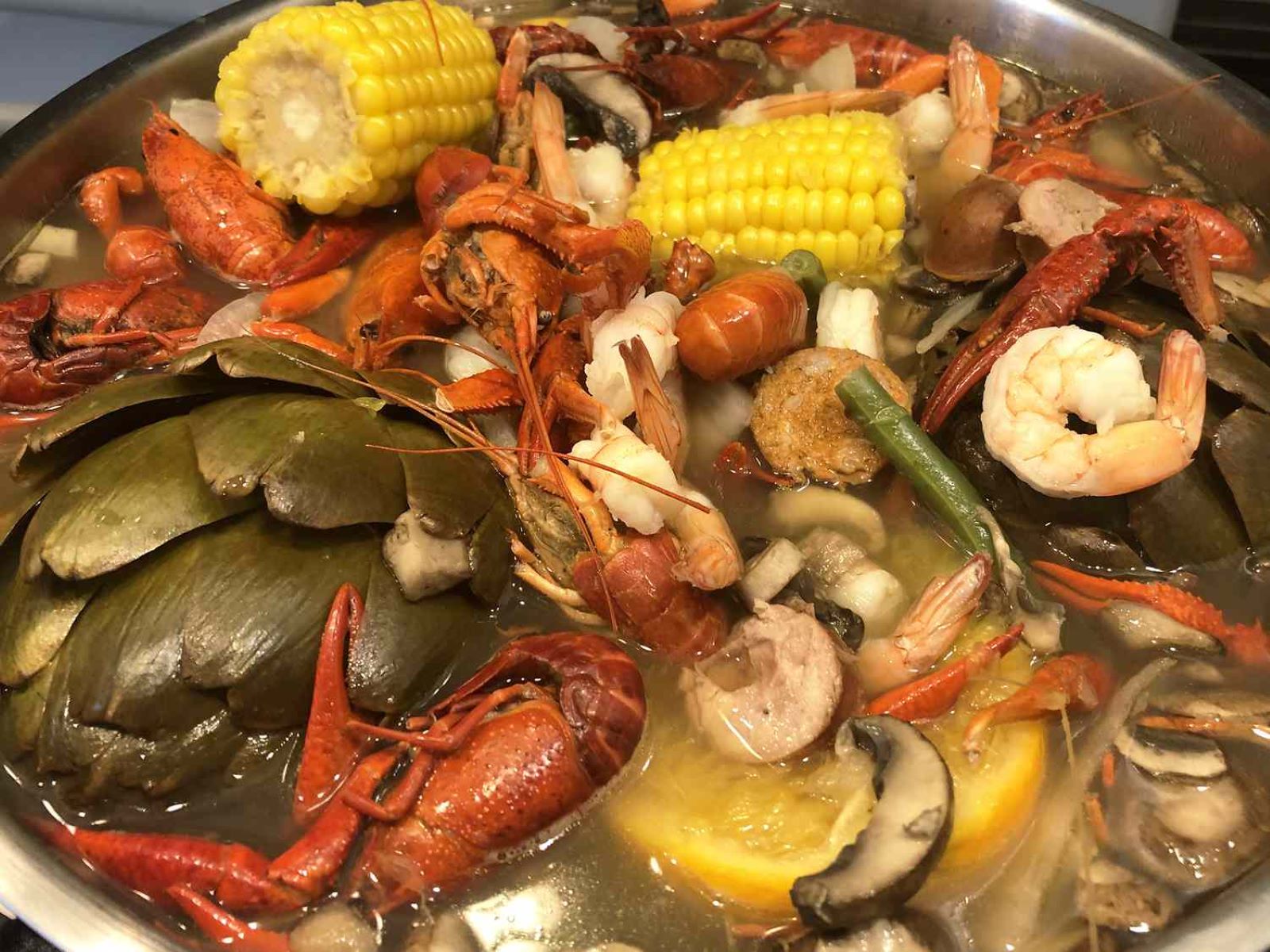
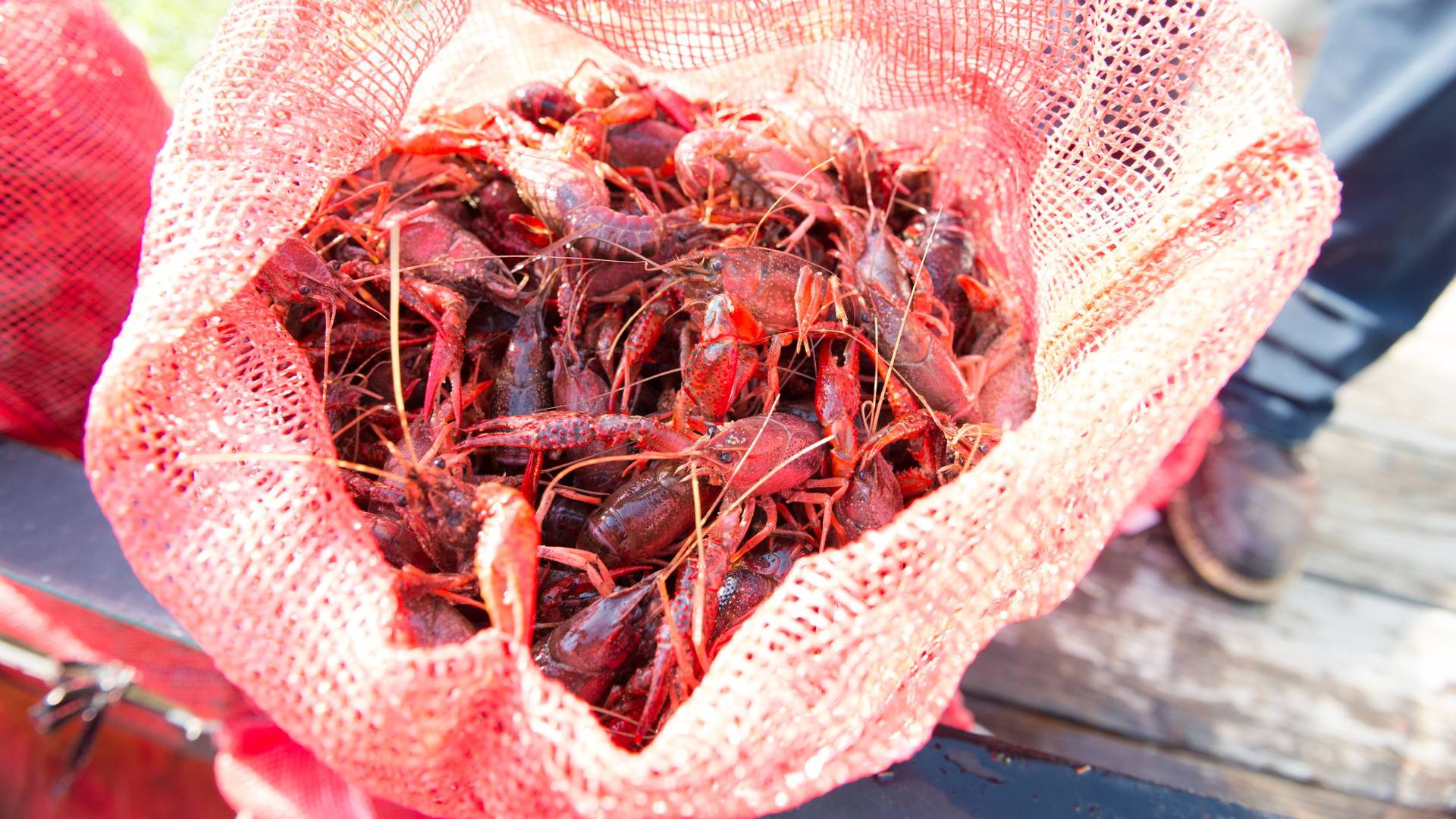



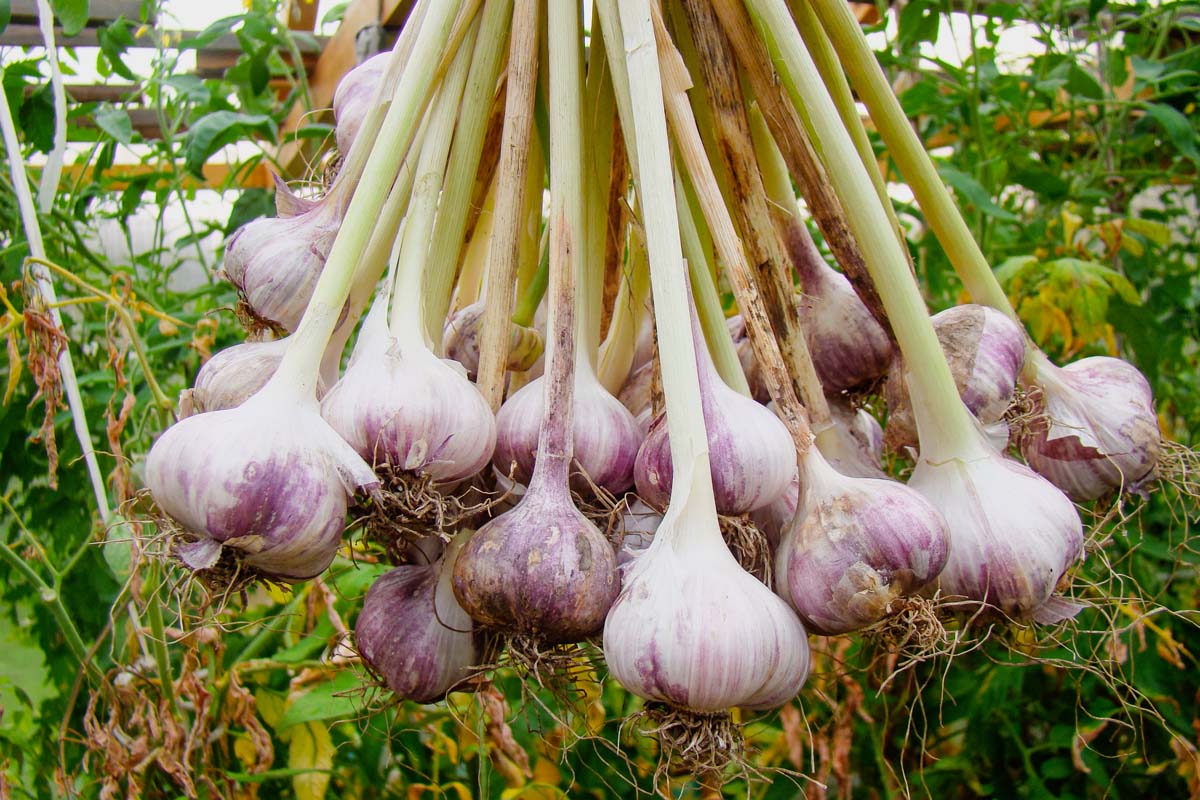
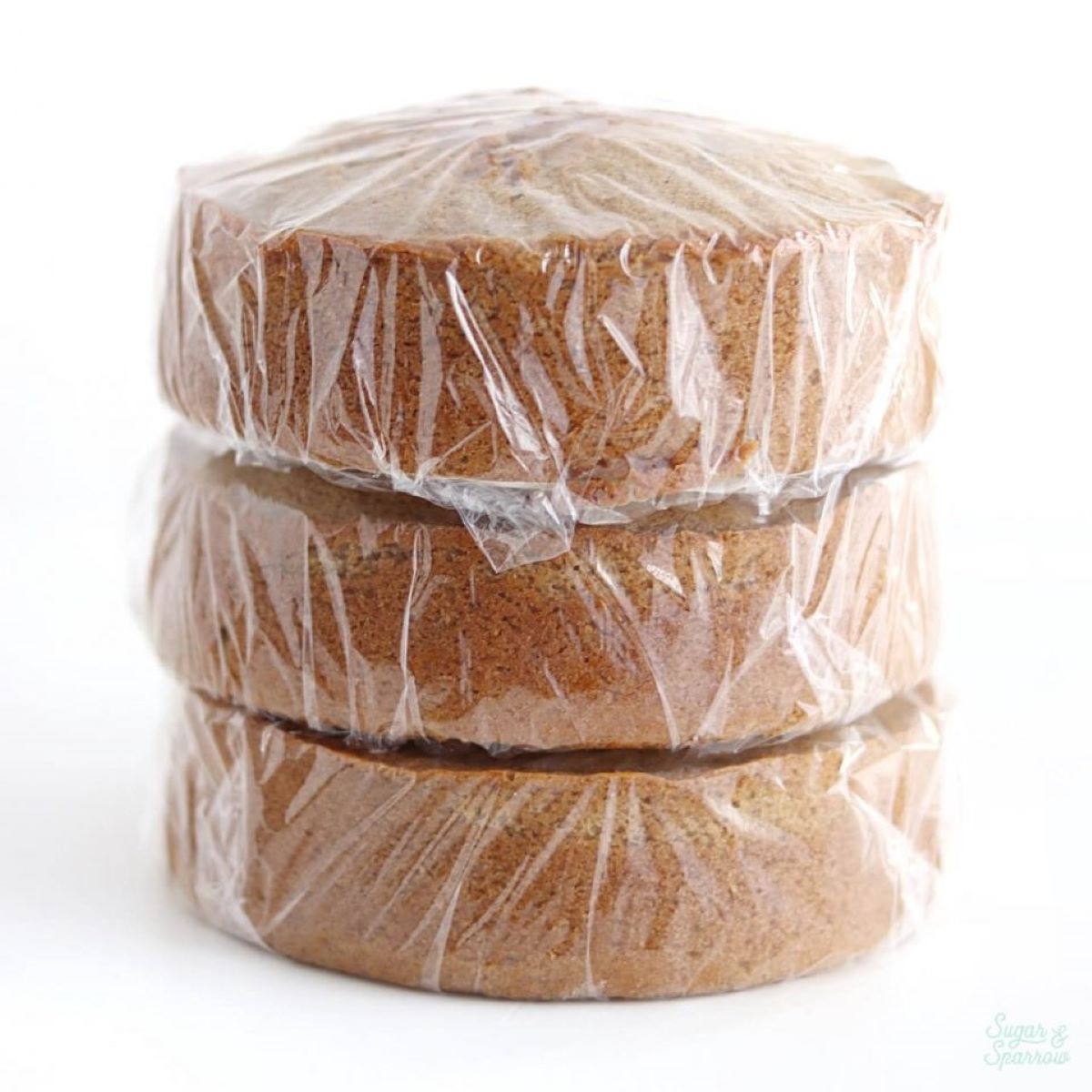
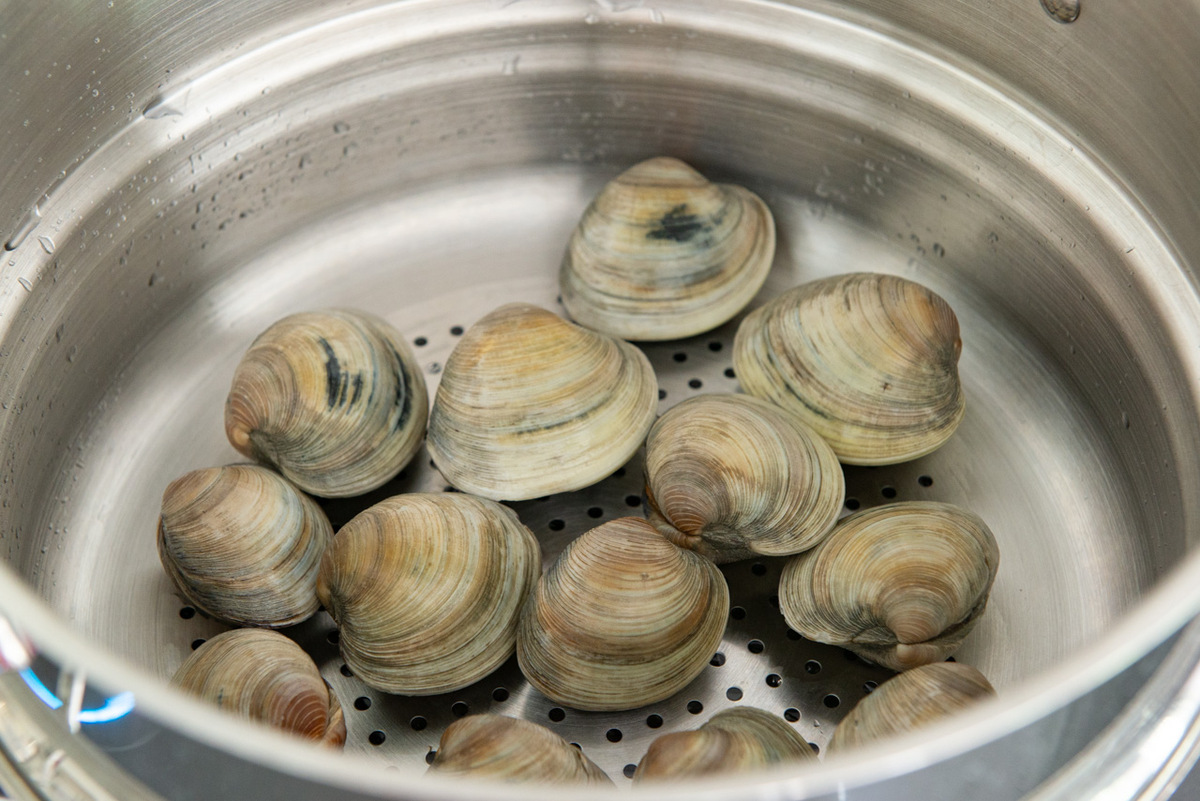
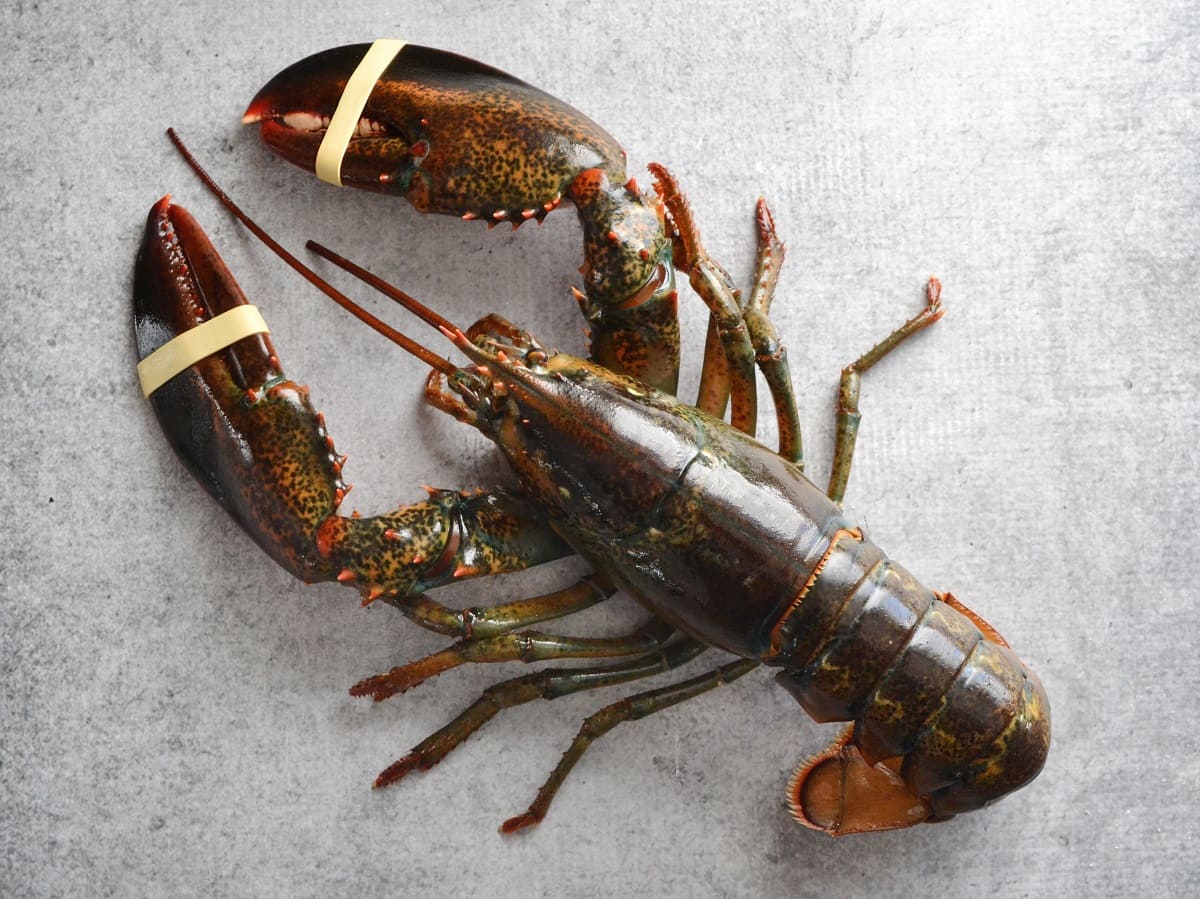
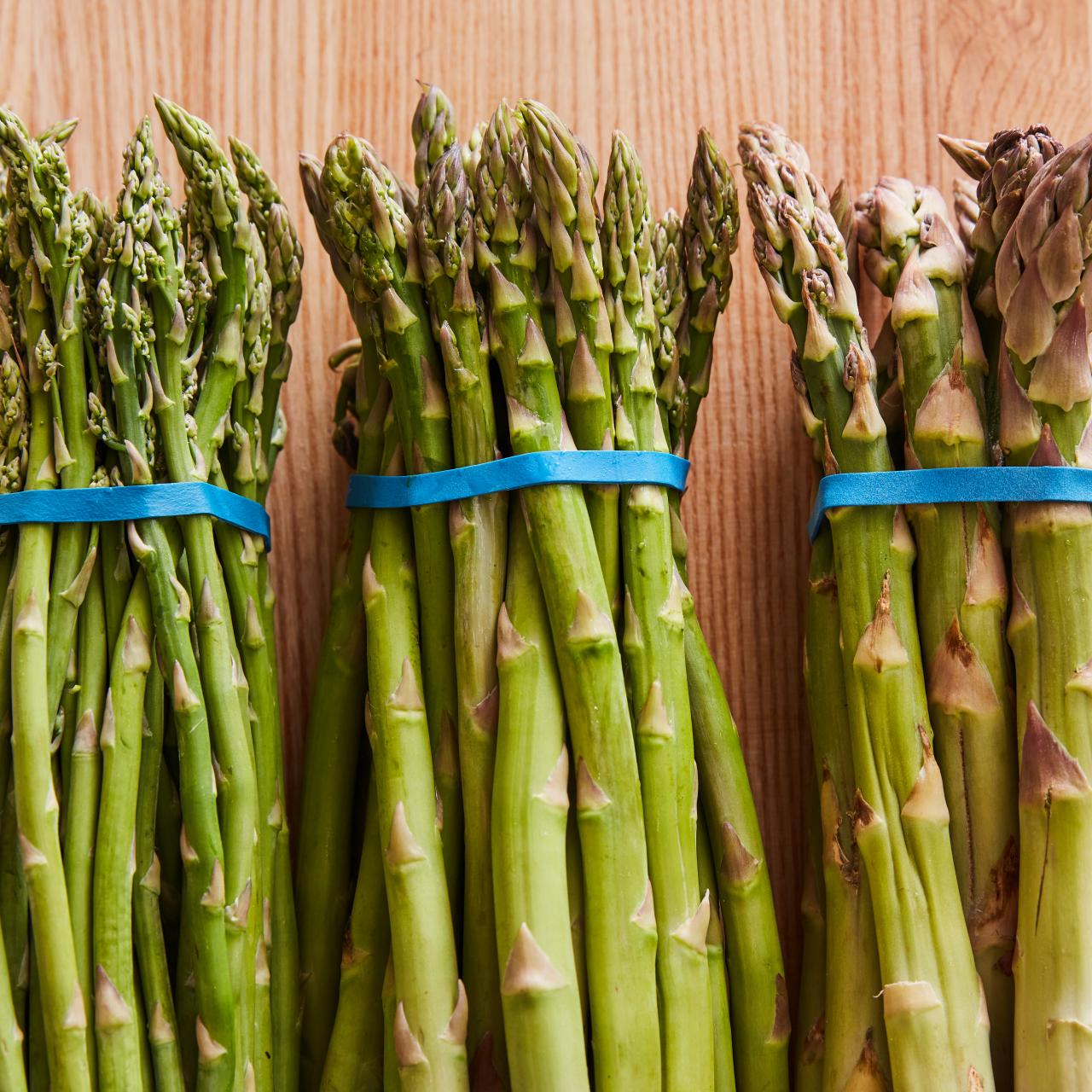
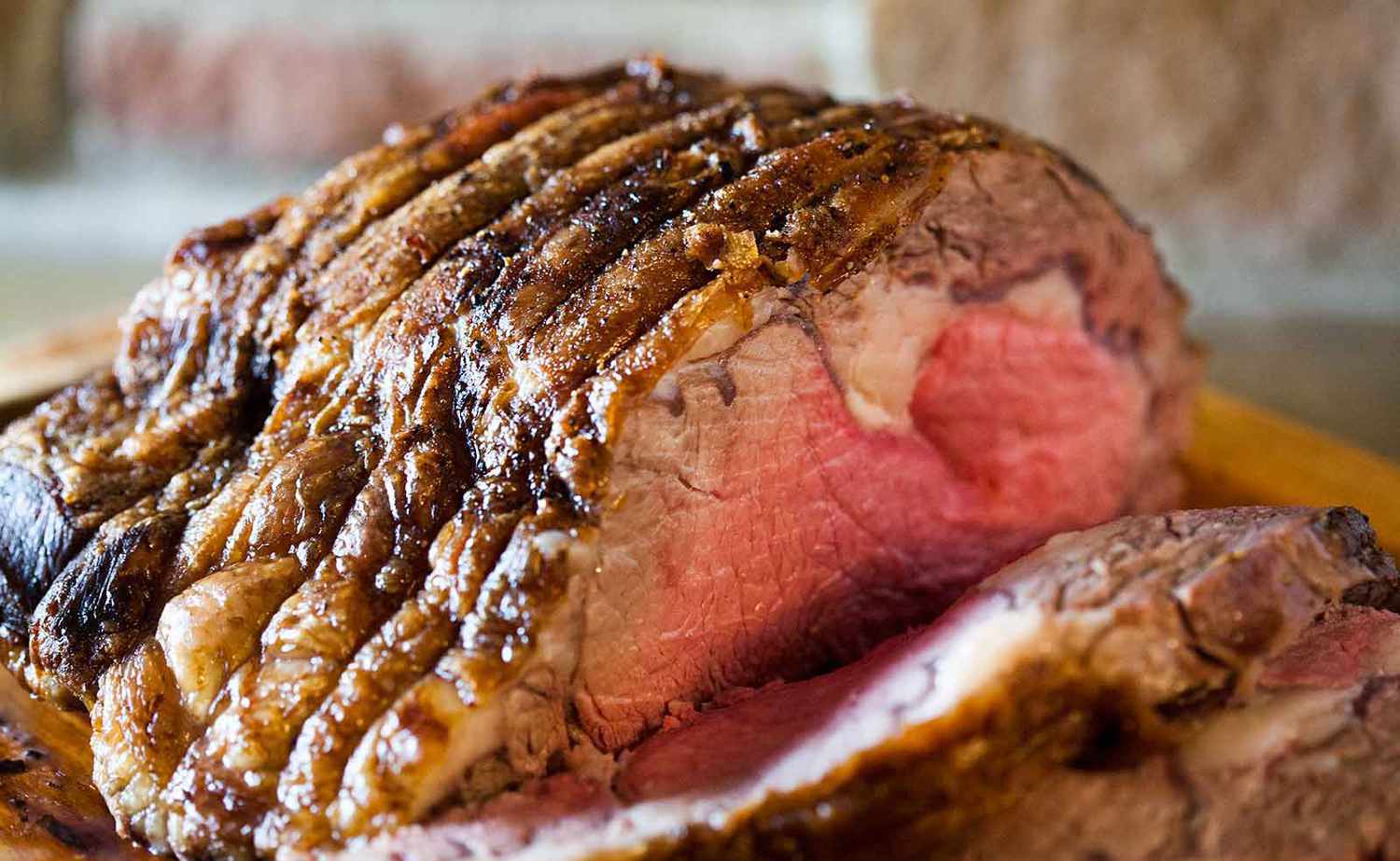
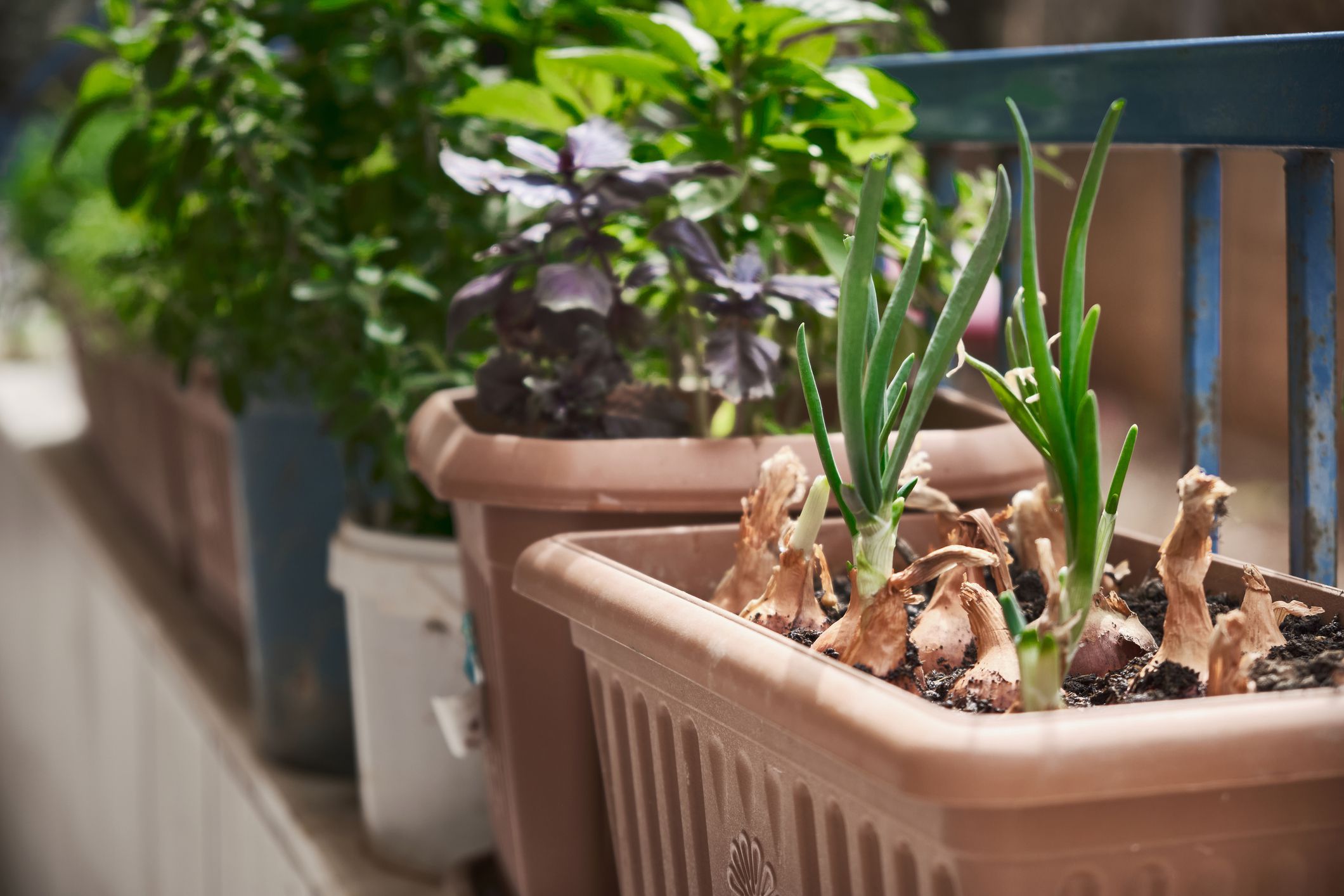
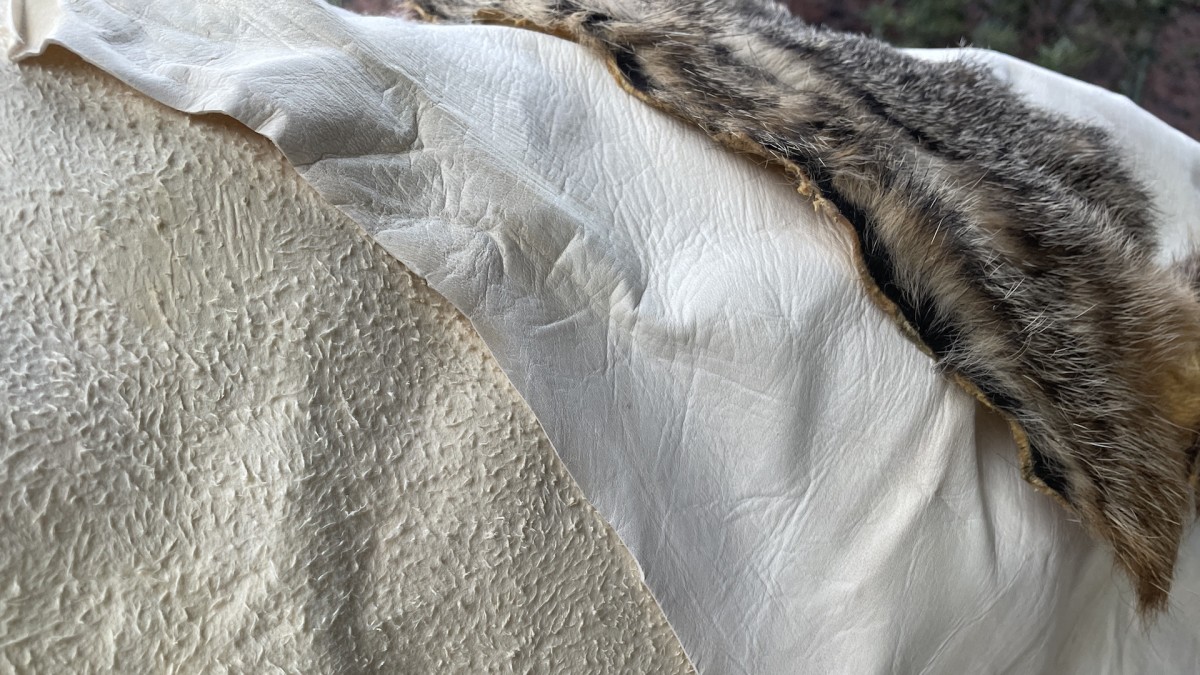
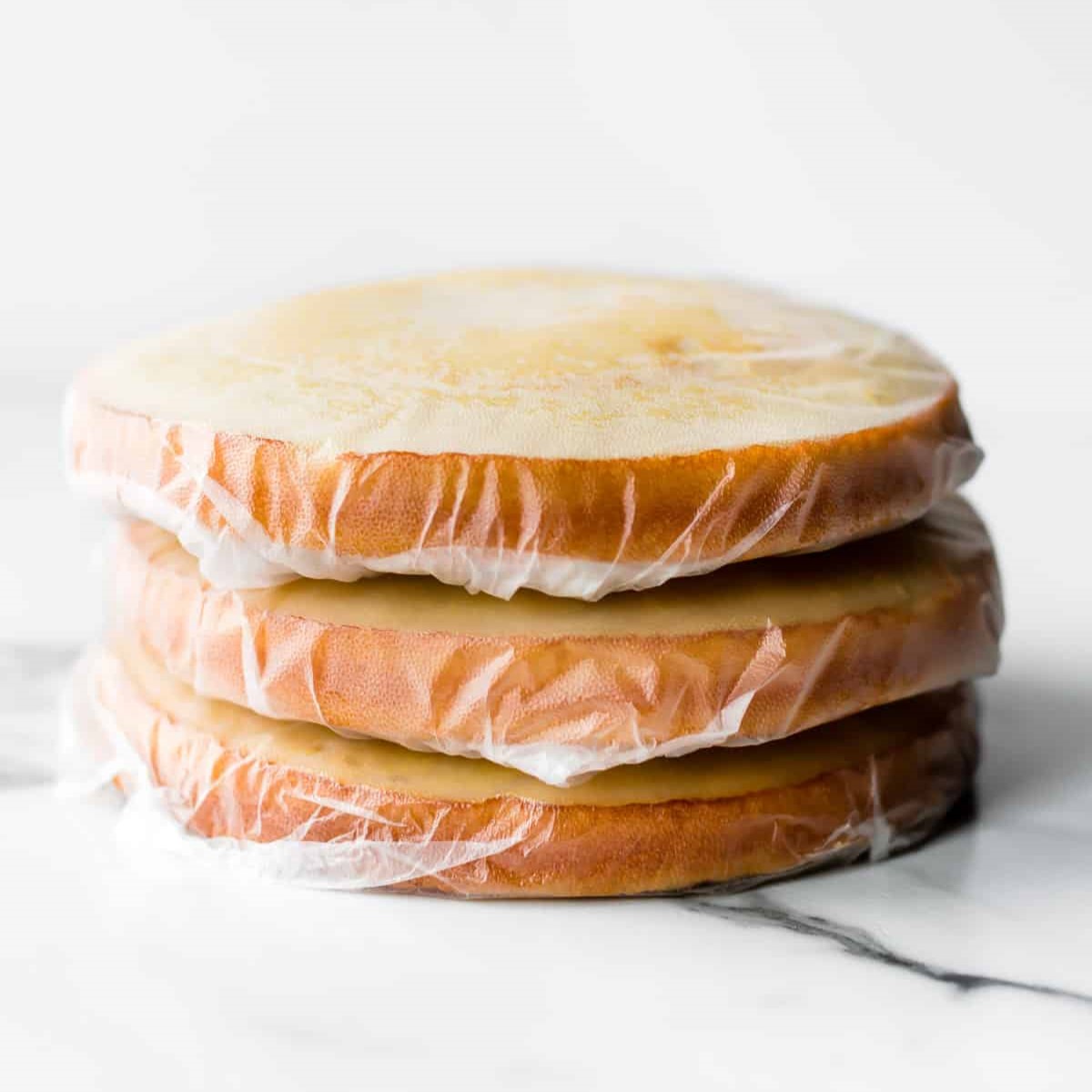

0 thoughts on “How To Store Crawfish Before Cooking”